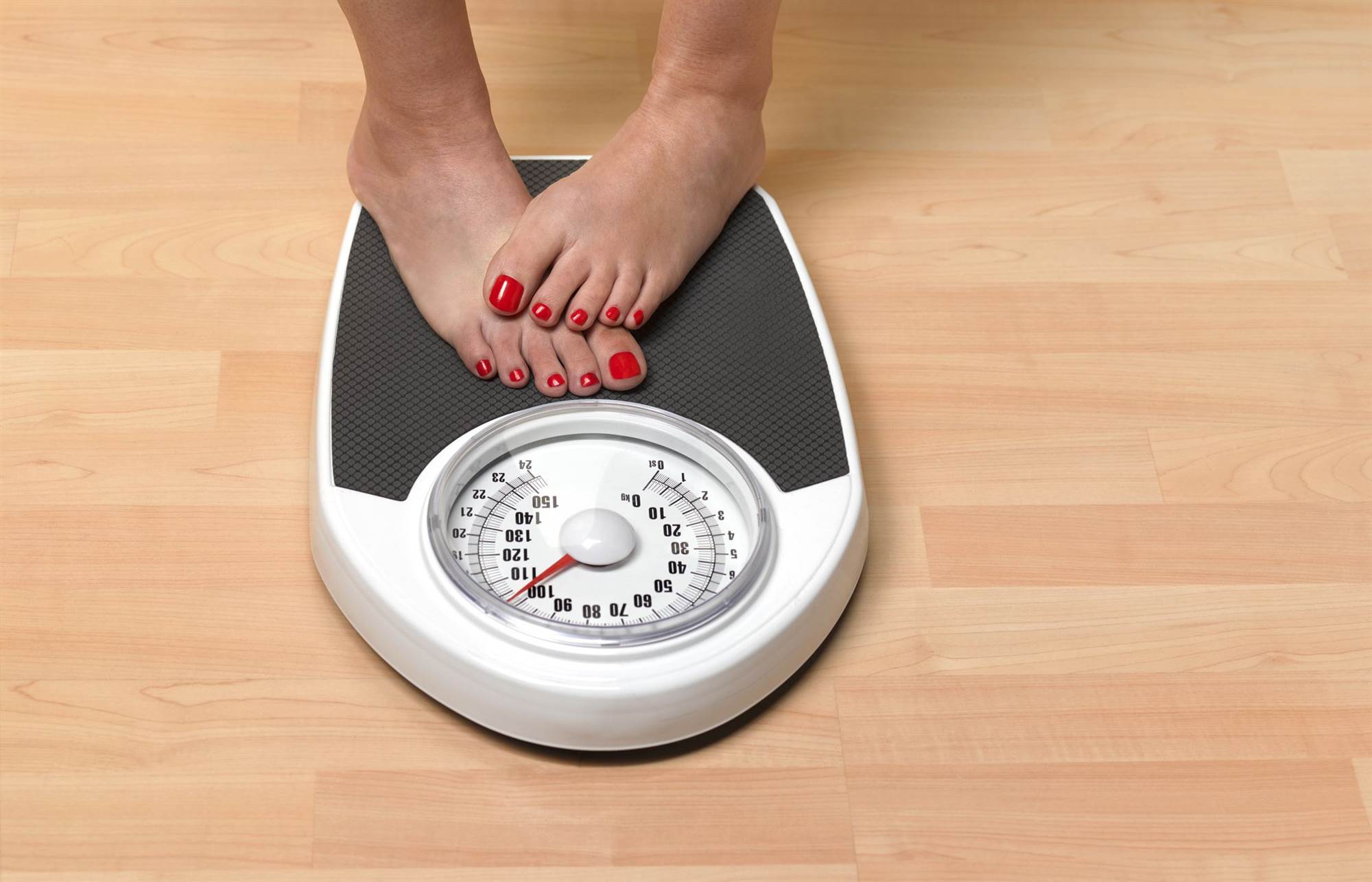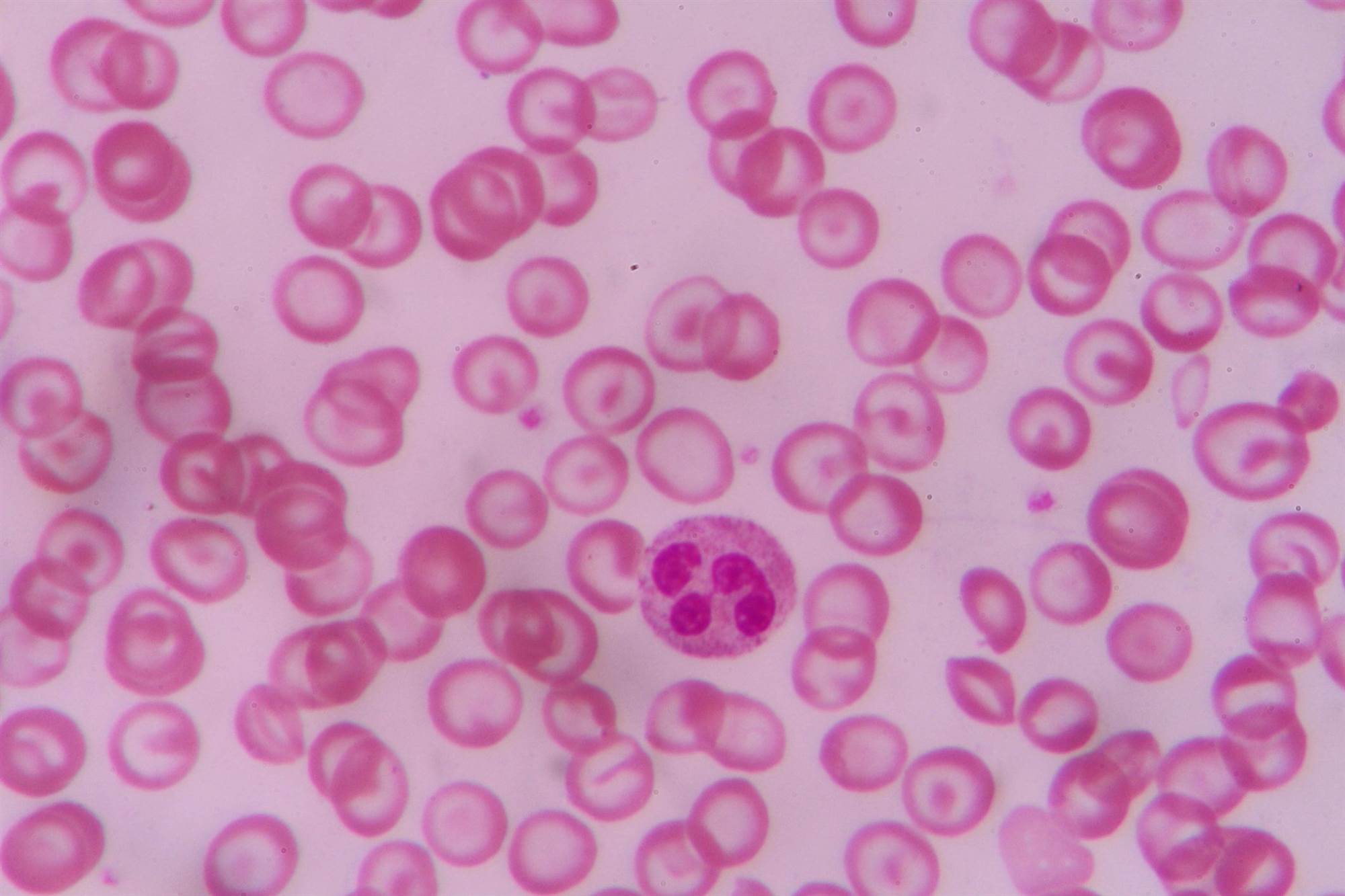The average office is air conditioned to the approximate temperature of a walk-in freezer, so it’s not unusual to see people bundled up, even in the heat of summer. But if you can’t shake your chill even after you’ve stepped back outside, could mean something else is going on in your body. Before you invest in another few layers of coats, consider these possible culprits—and, perhaps, having a talk with your doctor.
(Want to pick up some healthier habits? Sign up for FREE to get healthy living tips, weight loss inspiration, slimming recipes and more delivered straight to your inbox!)








©Getty Images
1) You’re a woman
Back in the 19th century, a German doctor analysed more than 25,000 men and women and determined that a healthy adult’s body temperature is 37° C. That assumption carries over to today - even though a 1992 study confirmed that women have slightly higher normal temperatures than men do. (And, for the record, they realised the actual average is only 36.7° C). Because women run a bit warmer than men do, cool temperatures can feel even cooler to them.
©Getty Images
2) You’re sleep deprived
When we’re getting the rest we need, our bodies are able to regulate fluctuations in our skin temperature. In a small 2012 study published in Sleep, researchers found that a single night of sleep deprivation wreaked havoc on those controls: Their subjects’ hands became significantly colder, while their feet got hotter. Other researchers have found that sleep deprivation interferes with our ability to handle heat loss at both cold and ostensibly comfortable temperatures - which can produce the miserable effect of a chill that no bundling up can banish
©Getty Images
3) You're underweight
Researchers crunched the numbers on nearly 2,000 residents of Basel, Switzerland, and found that “thermal discomfort with cold extremities” was significantly more common in slimmer subjects than in those with higher body mass indices (BMIs). Some experts attribute that tendency to the insulating properties of body fat, but that doesn’t tell the whole story; having a very low BMI (18.5 or under) is also associated with poor circulation, or the heart’s inability to pump warming blood to the body’s extremities. Furthermore, kJ-burning muscle is also an excellent generator of body heat; as a research physiologist put it, “We have a joke around here that the person who’s best-suited for cold is fit and fat.”
©Getty Images
4) You’re dehydrated
We all know that failing to take in enough water before working up a sweat can lead to hypohydration (the uncompensated loss of body water) and overheating; it can also lead to underheating, since the flow of blood to our skin plummets as our bodies grow parched. While it’s easier to remember to stay hydrated when the weather is warm, it’s just as important to keep sipping in colder temperatures. Feeling thirsty and chilly at the same time is no coincidence.
©Getty Images
5) You're anemic
According to Mayo Clinic experts, cold hands and feet are a common symptom of anemia, a condition that develops when the body can’t produce enough hemoglobin (the substance in red blood cells that allows them to carry oxygen). Since anemia can be either a mild, temporary condition or indicative of a long-term, serious health concern, it’s worth mentioning suddenly frigid digits - and any other symptoms that might accompany them - to your doctor.
©Getty Images
6) You've got nerve damage
When our peripheral nerves are damaged, information from the central nervous system isn’t traveling from the brain and spinal cord to the rest of the body, which can register as feelings of cold and numbness, especially in the extremities. Diabetes mellitus is one of the most common causes of peripheral neuropathy, particularly for diabetics with uncontrolled blood-sugar levels (low blood sugar among non-diabetics can also cause unseasonable chills); smoking, alcohol abuse, and rheumatoid arthritis can also put you at risk.
©Getty Images
7) You have a thyroid problem
Hormones produced by your thyroid (a small gland located at the base of your throat) are major players in regulating your metabolism, and an over- or underactive thyroid can impact your heart rate, how you process fats and carbohydrates, how you produce proteins, and - yup - how your body controls its temperature. Hypothyroidism, or the condition of having an underactive thyroid, is associated with increased sensitivity to cold. Other thyroid symptoms include rough skin, weight changes and mood swings.
©Getty Images
8) You have Raynaud's
Raynaud’s disease (and a secondary form known as Raynaud’s phenomenon) occurs when the arteries in areas of your body such as your fingers and toes go into vasospasm - that is, they narrow and limit blood to those places. Raynaud’s seems to be more common in people who live in cold climates, and both exposure to cold and, in some cases, emotional distress can cause an episode. Many people don’t seek treatment for mild cases of Raynaud’s, but severe forms can lead to sores or infections in affected body parts - which a doctor should see right away.





.png&h=193&w=250&c=1&s=1)
.png&h=193&w=250&c=1&s=1)

